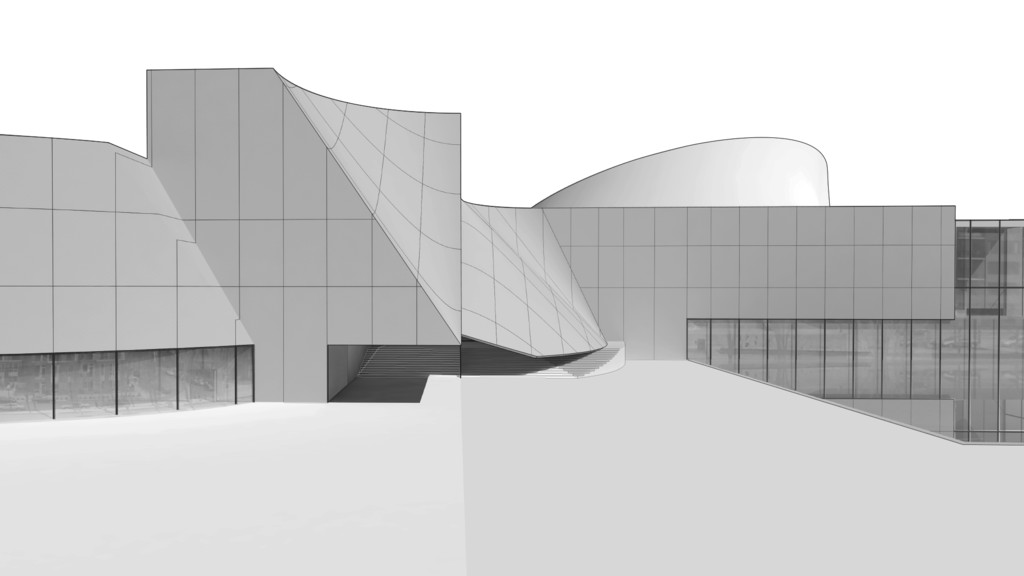
Augmented Perception: Reinvigorating Field of View
403 Research Studio
2017
Visual perception is rapidly transforming as a consequence of changes in field of view. What is field of view (FOV) and how does it relate to architecture? Field of view is the extent of the observable world that is seen at a given moment. This term applies to a scene captured by any type of lens: the human eye, a camera lens, a microscope eye piece, etc. The scope of FOV changes with focal length, shrinking as distance shrinks. Shaped by emerging lenses, the contemporary scopic regime is at once panoramic and immersive while also fragmented and magnified. Today the camera-outfitted drone, the Go-Pro camera, Google Cardboard, and Oculus Rift are expanding the limits of human perception. FPS (first person shooter) video games, in-vehicle navigation systems, rear-view and 360 cameras, Google Earth, and Google Street View are other agents of change.
These technologies, when considered together, effectively expand the possibilities of perception by redefining, multiplying, and combining fields of view. While our bodies are all too often bound to grounds, our vision, and with it our physical sensations, are increasingly liberated from them. Has the cultivation of architectural experience transformed in response or has our desire to engage these fields of view been satisfied by the camera lens, the screen, the airplane window, and the cursor? Since we now commonly see objects and environments from different vantage points, how might these new vantage points transform how we conceive of architectural constructs? This research studio considers these questions, invents forms of description to engage field of view, and in so doing, speculates on architecture’s possible responses to existing and emerging scopic regimes.
Related Faculty |
Heather Roberge |
Related topics |
Building Typologies, Technology |
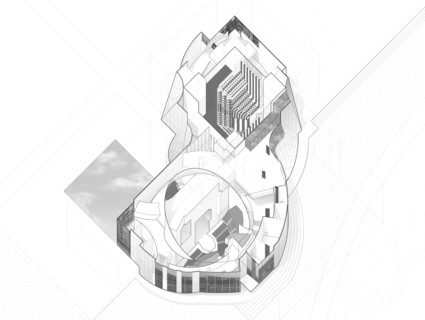
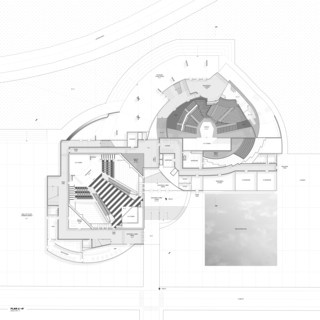
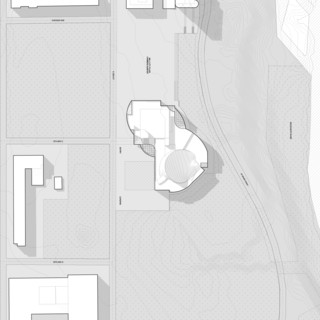
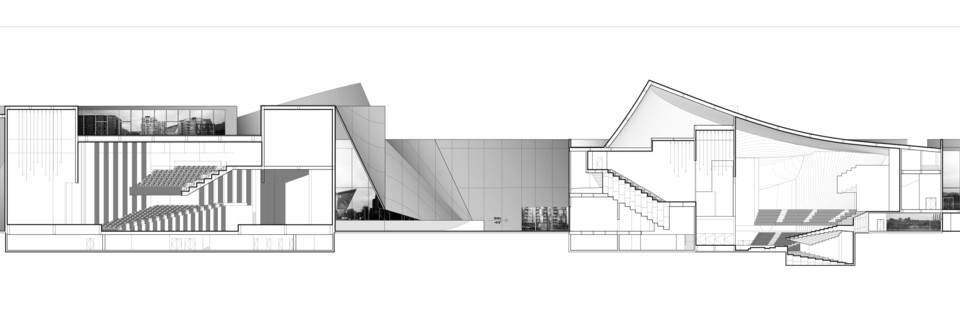
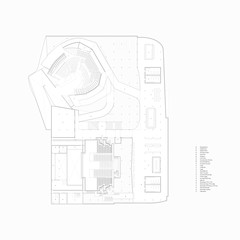
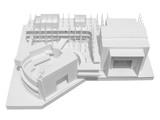
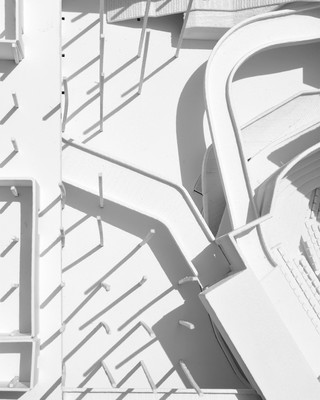
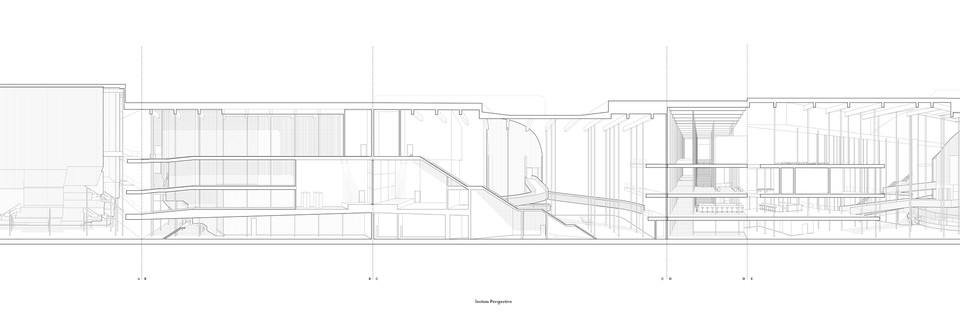
- Lori Choi and Jeisler Salunga
- Lori Choi and Jeisler Salunga
- Lori Choi and Jeisler Salunga
- Lori Choi and Jeisler Salunga
- Peter Boldt, Ryan Hernandez
- Peter Boldt, Ryan Hernandez
- Peter Boldt, Ryan Hernandez
- Peter Boldt, Ryan Hernandez